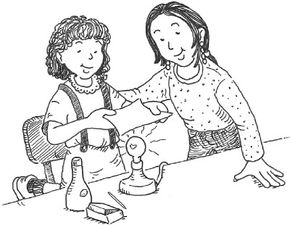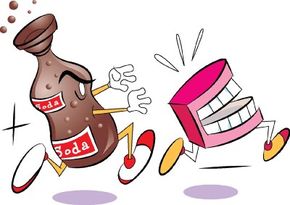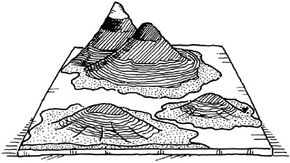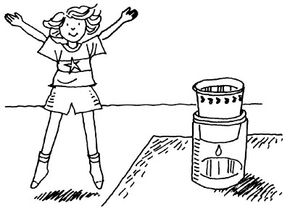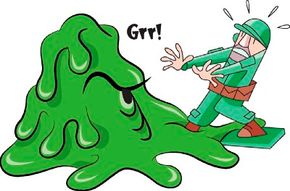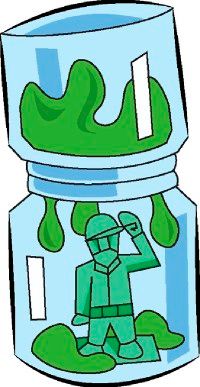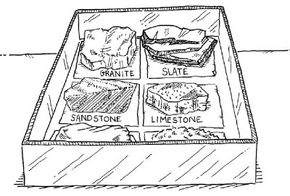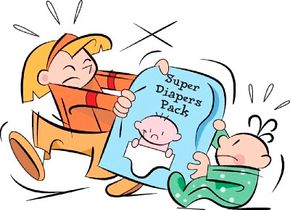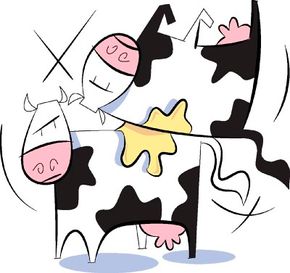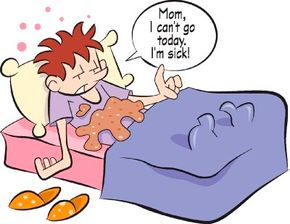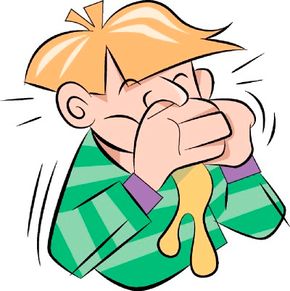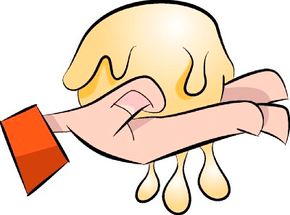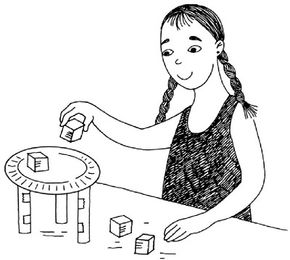Science is all about understanding the world in which we live, and our fun science projects for kids are a great way to do just that. You'll be amazed and entertained by the various projects -- everything from learning how to make invisible ink to creating "killer slime" to grossing out family and friends with virtual vomit and pseudo snot.
There are great ways to get your hands icky and sticky, as well as less messy projects, like creating your own legends or starting a rock collection. Most of the projects use common items (just open the kitchen cupboard or the refrigerator), so you won't have to run to the store before you can get started.
Advertisement
Adult help or supervision is required for some projects, but each one is fun for kids. Get ready to create, invent, and learn about your world.
If you drink soda, you do drink "acid." See how this affects your teeth.
Here's a great way to send a secret message. Learn the special formula.
A relief map shows the high and low areas of a landscape. Find out how to make one.
Learn how to track time when you make a water clock.
Create a slime chamber to attack a toy soldier. See how slimy this really is.
Want to get started with a rock collection? Now you can learn how to do it.
Use a disposable diaper to perform a magic trick. Find out all about it.
Make your own glue from milk. It really works -- see for yourself!
It's ultra-icky and super-gross. Find out how to make this "pukey" solution.
Use your imagination to create a legend. See how to get started.
Expect people to offer you a tissue when they see this goo. Learn how to make it -- and gross out your friends.
Defy the laws of gravity with gloop. Find out how to make it.
Bones can be hollow, but they're still strong. Try this experiment.
Check out this solution that has properties of both a liquid and a solid. Amazing -- but true.
Before you sit down with a cold soda, you might want to check out this first project. Do you drink acid? Keep reading to find out.
For more exciting science projects, check out these:
Advertisement
